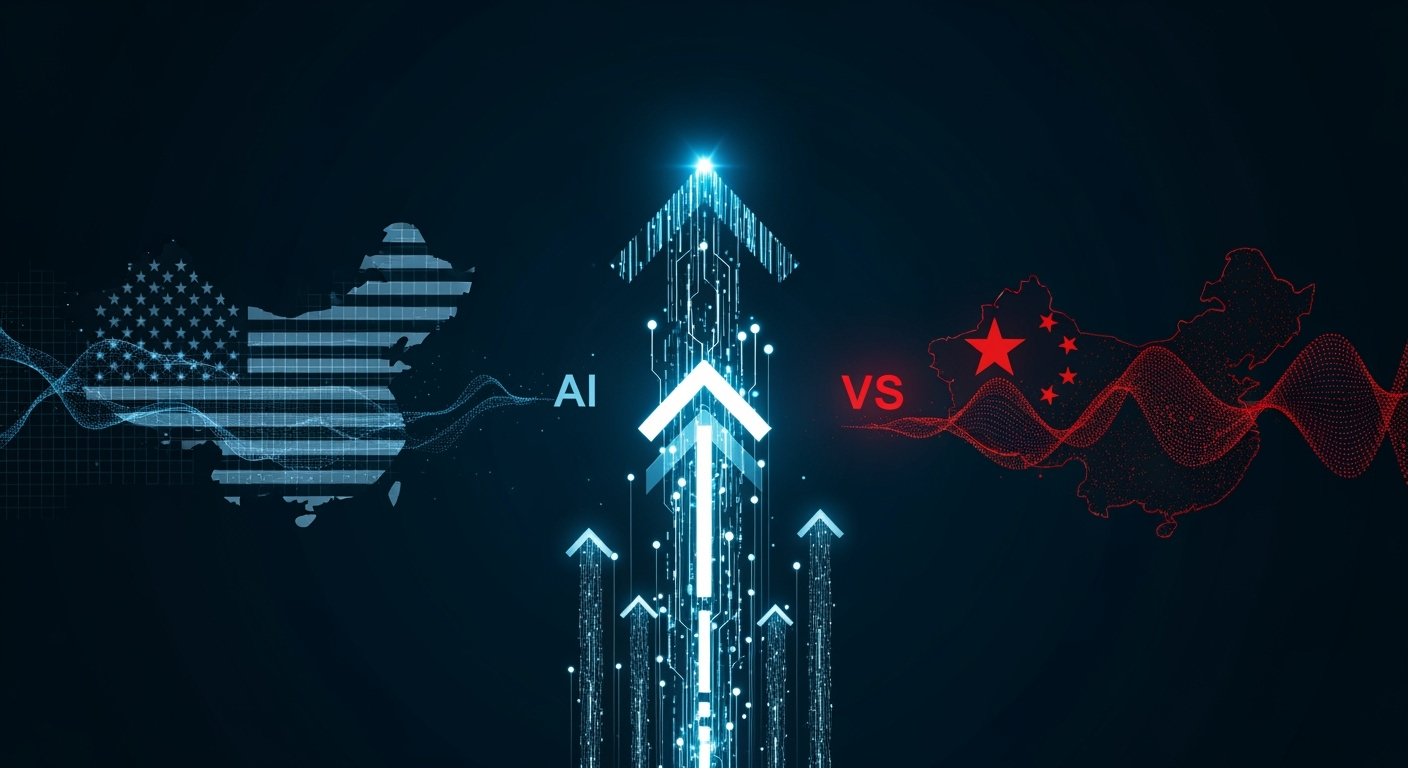Trump’s AI Action Plan Prioritizes Growth and Security Over Regulation

Trump’s AI Action Plan: Deregulation, Infrastructure, and Competition with China
The Trump administration has unveiled its AI Action Plan, signaling a significant departure from the previous administration’s more cautious approach to artificial intelligence. This new strategy focuses on rapid AI development, major infrastructure investments, and a competitive stance against China, while reducing regulatory guardrails that were designed to mitigate AI risks.
Key Shifts in US AI Policy
- Deregulation: The plan aims to eliminate or reduce regulations that could slow AI innovation. This includes streamlining processes for building data centers and easing environmental rules, with an emphasis on using federal lands for infrastructure projects.
- AI Infrastructure: Billions in taxpayer dollars are earmarked for building out data centers and semiconductor facilities across the US, with the goal of supporting both private industry and national security initiatives.
- Workforce Upskilling: There are provisions for training and upskilling American workers to take on new roles created by the AI boom, particularly in data center operations and tech support.
- National Security Focus: AI development is framed as critical to maintaining US military and economic leadership, with explicit measures to prevent Chinese technology from entering American supply chains.
Less Emphasis on AI Risk Mitigation
Unlike previous policies, the Trump plan downplays regulations that address AI’s potential harms. For example, requirements for environmental impact reviews and comprehensive safety reporting by AI developers are minimized. Instead, the administration argues that rapid progress is essential, even if it means relaxing oversight during critical energy periods or building in sensitive locations.
Federal vs. State Authority on AI Regulation
The plan revives discussion around a federal moratorium that would prevent states from creating their own AI regulations, threatening to limit federal funding for states that pursue stricter oversight. The Federal Communications Commission is also tasked with assessing whether state-level rules interfere with federal objectives, especially in areas like internet and media.
Cutting Red Tape for Data Centers
To accelerate AI infrastructure, the administration wants faster permitting and expanded use of programs that fast-track projects. This includes allowing construction on federal and even protected lands, raising concerns among environmental groups and local communities, especially in light of recent controversies involving large tech firms and pollution.
Combating ‘Biased AI’ and Promoting Free Speech
A major theme is the battle against what the administration describes as ‘biased’ or ‘ideologically driven’ AI. The plan recommends updating federal procurement to favor AI models that are deemed neutral and free from social engineering, though critics note the difficulty in defining or enforcing true objectivity in AI systems.
Encouraging Open AI Models
Trump’s strategy strongly supports open-source AI models, especially those developed in the US, to counter the rise of open models from Chinese companies. There is a push to provide startups and researchers with access to advanced computing clusters, leveling the playing field with tech giants and foreign competitors.
AI Safety and Security Measures
- Federal agencies are directed to launch technological research into AI interpretability, control systems, and robustness to cyberattacks.
- Regular hackathons will test government AI systems for vulnerabilities.
- Leading AI developers are asked to assess national security risks such as cyber threats and potential uses of AI in chemical or biological weapons.
Limiting Chinese Influence
The plan dedicates substantial resources to monitoring and restricting Chinese AI technology, requiring federal agencies to track foreign advancements and assess risks to US national security. The Department of Commerce will also evaluate whether foreign AI models align with adversarial government agendas.
National Security as a Central Theme
National security is at the core of the AI Action Plan, appearing repeatedly throughout the document. The strategy calls for integrating AI into defense and intelligence agencies, upskilling the military workforce, and ensuring preferential access to computing power during emergencies. Close monitoring of both domestic and foreign AI development is mandated to maintain America’s strategic edge.
What’s Next?
The Trump AI Action Plan sets a clear direction: growth and national security are prioritized over regulatory caution. The plan’s real-world impact will depend on how these broad initiatives are executed in the months ahead, especially as federal agencies begin to implement the blueprint’s recommendations.





